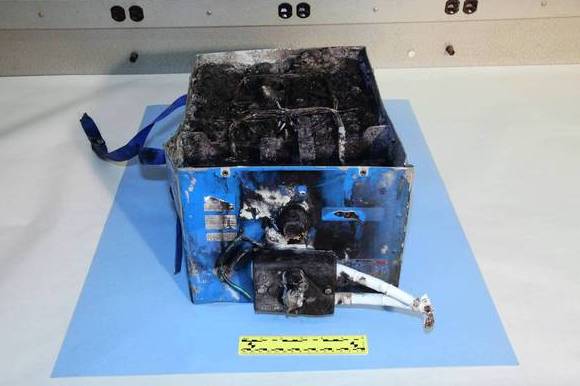
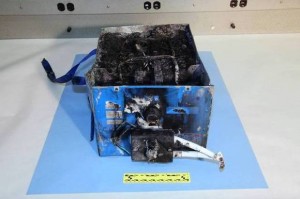
A few people have asked if the Boeing Dreamliner being grounded over a lithium battery fire has given us any cause for alarm, considering our bus is also equipped with a lithium battery bank.
Unfortunately, none of the media coverage of the Boeing Dreamliner issues have bothered to give much technical information on the batteries and what went wrong, other than that the “cutting edge lithium ion battery bank” was the heart of the billion dollar failure.
But as mentioned in my posts on the advantages of lithium batteries, not all lithium battery chemistries are created equal. I’ve been very curious to learn more about what went wrong with the Dreamliner, and whether it might apply to the type of batteries that we use.
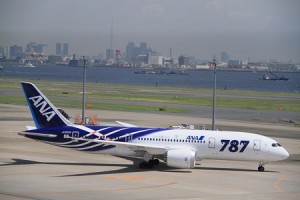
I went and did some digging on the Dreamliner batteries – and discovered that the Dreamliner batteries are actually Lithium Cobalt cells, not Lithium Iron Phosphate (LiFePO4 aka LFP) like we are using.
Lithium Cobalt cells have a higher energy density than LiFePO4, but they lack the inherent safety and non-flamibility of LiFePO4 batteries.
From what I have been able to gather, the Dreamliner batteries were actually designed and specced and certified for use in 2008 – before LFP batteries were in such widespread production. I imagine that if Boeing were doing the Dreamliner design today, they would very likely be considering an LFP design instead of Lithium Cobalt. But airliner design requires locking these sorts of decisions in WAY in advance, and once something is certified it is very difficult to change – even if something substantially better comes along.
Since it appears that there is no quick fix on the horizon for the current Dreamliner battery, this crisis with cobalt cells failed may just force Boeing into fast-tracking a new LFP design anyway. There is a good chance that the entire Dreamliner fleet may remain grounded until a new battery design is worked out.
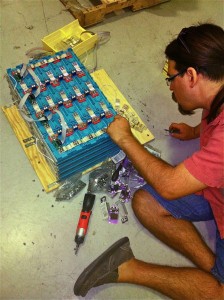 But for now – the good news is that Boeing’s issues don’t seem to have any bearing on LFP batteries in RV usage.
But for now – the good news is that Boeing’s issues don’t seem to have any bearing on LFP batteries in RV usage.
Yay!
BTW – while researching the latest on lithium house battery bank installs, I came across a fabulous very in-depth technical writeup by Bob Ebaugh about his project to install a 1200Ah 12V lithium battery bank into his beautiful 44′ cruising trawler Mar Azul.
He actually used the same cells and Elite Power Solutions EMS that we did – and he did a beautiful job with his installation. If you want to geek out on batteries, check it out!
Other Posts In this Series on Lithium Ion Batteries for RVs:
Promise of Lithium #1: Lead Acid Battery Downsides
Promise of Lithium #2: Lithium Ion Battery Advantages
Promise of Lithium #3: Lithium RV Battery System Cost Analysis
Boosted Electrons = Better Views
A Year on Lithium – A 1 Year Follow-Up
Our YouTube Video Seminar on Lithium Ion Batteries for RVs
All our Lithium Ion Battery Posts

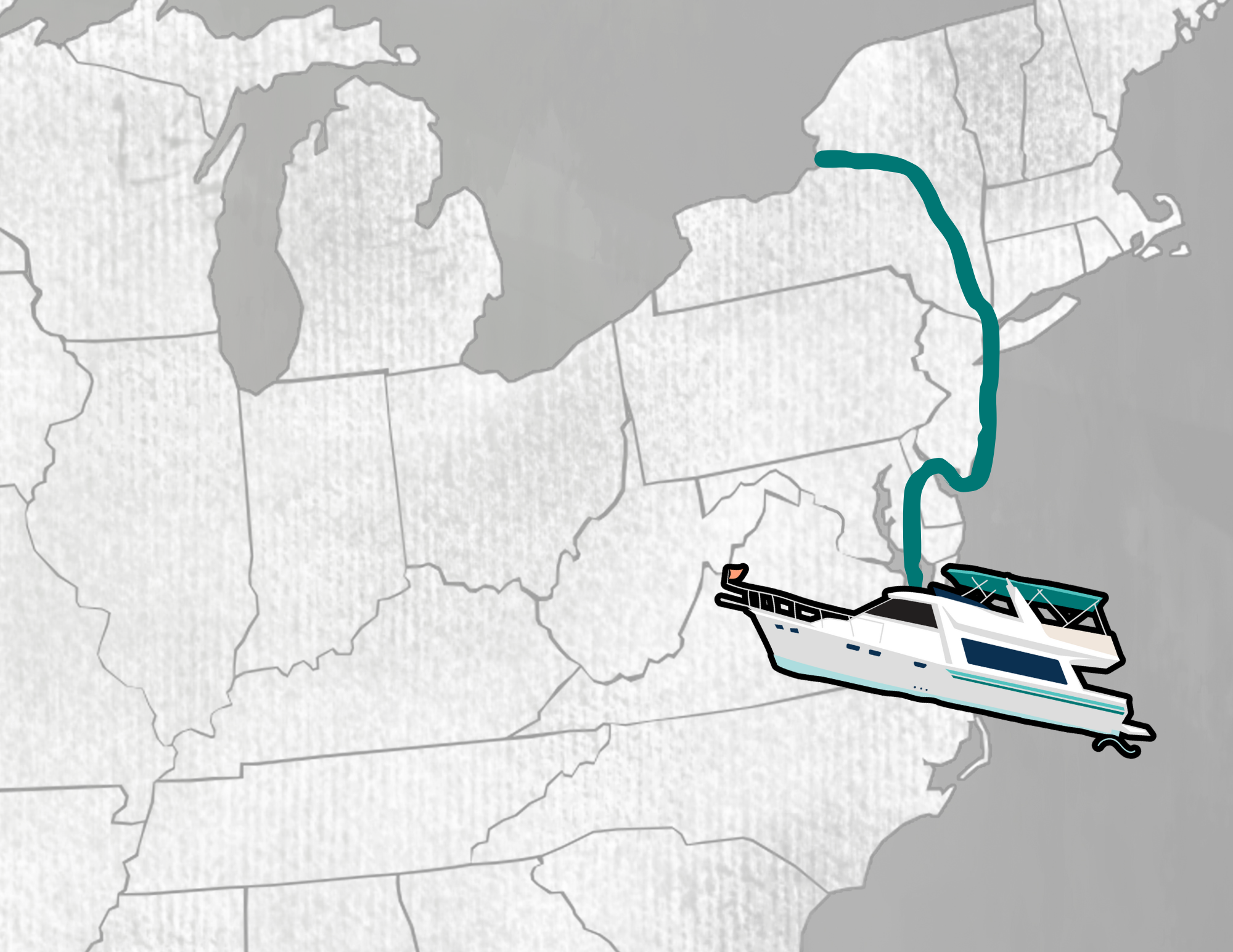
The key to using Lithium chemistry batteries is to keep well within the manufacturers ratings for charging and discharging. This is all easy to accomplish by using the proper electronic controller. For the RV, you definitely should vent the battery enclosure to the outside and put a smoke/fire detector in the battery space for an extra layer of safety. All of the problems I have ever had with Li batteries was due to pushing or exceeding the limits.
Hi Ken –
It is definitely a bad idea to charge or discharge lithium batteries too quickly, but that would be a nearly impossible rate to achieve on a 500Ah battery bank.
Venting and fire alarms are always a good idea too, but one of the key perks of LiFePO4 battery chemistry is that it is theoretically non-combustable.
What sort of past issues have you had with lithium batteries? Were you using LiFePO4 (aka LFP), and large house-sized banks? Or were you using RC model sized batteries and chargers?
Cheers,
– Chris
Hey Chris
Did you see the recent Wired with a list of killer ideas, one of them being a plug-in plane? I bought that issue at an airport newsstand expecting to read something huge and it was a paragraph of speculation. I was pretty disappointed as there’s currently no alternative to oil in air transportation.
At the Osh Kosh Airshow this year I went to some sessions on experimental electric planes, and there is some cutting edge stuff being done – but it is all very bleeding edge.
One problem — fuel tanks get lighter as you drain them, but drained batteries are just heavy dead weight that you need to drag through the sky. One electric plane prototype actually drops off depleted battery banks via parachute mid-trip to save weight and get more range.
It is a tough problem to solve.
Looking at the pictures of the Dreamliner battery, each cell appears to be approximately 6″x@x8″ or so.
I believe that Boeing has stated that their plan is to increase the spacing between the cells ( http://www.engadget.com/2013/02/06/wsj-boeing-prepping-787-dreamliner-battery-fix/ ) but with a cell that big, I imagine just one of them popping off will make a pretty significant fire and “emission of smoke”.
Elon Musk ( most relevantly of Tesla Motors fame ) says the batteries are inherently unsafe and need fundamental changes. http://www.flightglobal.com/news/articles/elon-musk-boeing-787-battery-fundamentally-unsafe-381627/
The Tesla battery packs use a similar battery chemistry, but individual cells are in the 18650 form factor ( Looks like a fat, tall AA cell http://i52.tinypic.com/4rrjg0.jpg ) so if a single cell fails, the resulting fire/heat/smoke seems like it would much easier to contain, if simply because there would be so much less.
This white paper is on the Roadster battery, but I’m pretty sure the S uses very similar technology. http://webarchive.teslamotors.com/display_data/TeslaRoadsterBatterySystem.pdf
Another of Elon’s companies, SpaceX, flies Lithium Ion batteries in their rockets and spaceships. http://www.reuters.com/article/2013/01/29/boeing-tesla-idUSL1N0AY11R20130129
Boeing has said that they expect to have Dreamliners back in the air as early as the end of February. It will be interesting to see if that’s the case.
Thanks for the link to Mar Azul, it was good reading, as has been all of the Lithium Ion battery information that you’ve shared.
As former Boeing employee on the Dreamliner project, I’ve been following the setbacks that continuously plague this project. There well be a long list of’lessons learned’ with the 787. Thanks for the informative update.
Jeremiah – The Dreamliner looks to me to be an incredibly ambitious jump into the future of air travel. I’ve been long looking forward to having an opportunity to fly on one.
What was your role on the project? How long ago did you leave Boeing?
Thanks for chiming in here!
– Chris